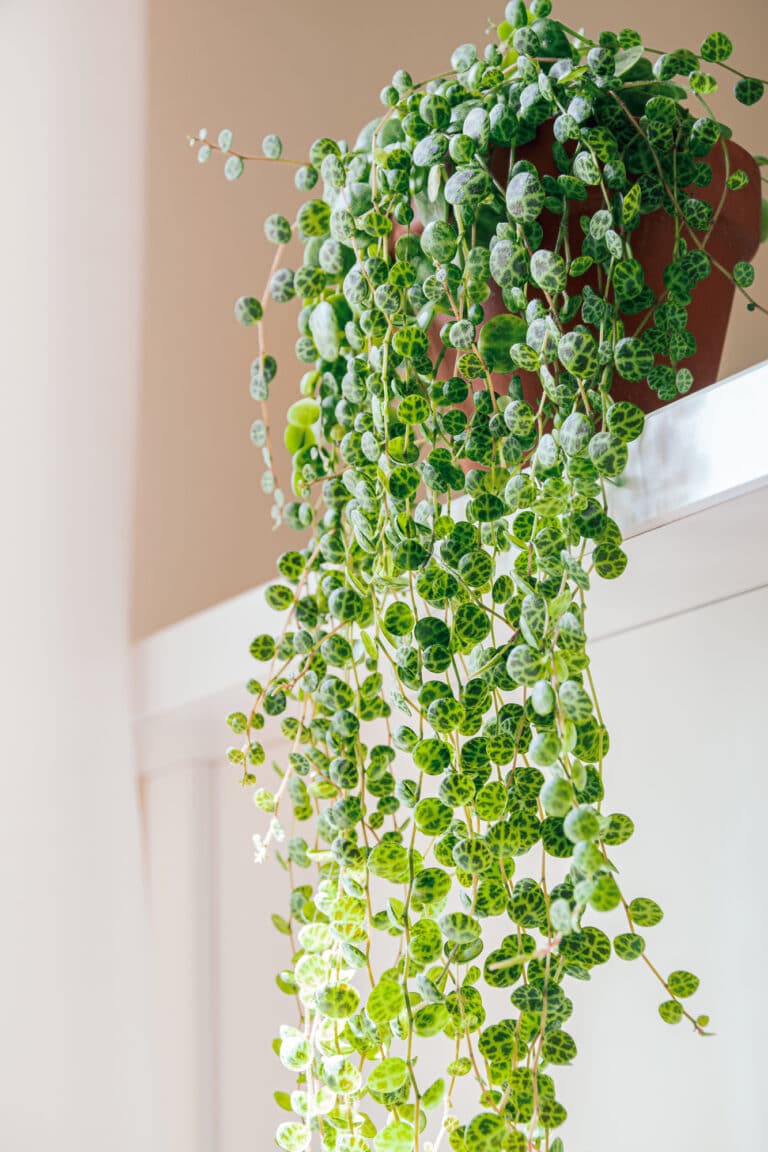Expert Tips For Thriving Plants

Taking care of your String of Turtles can be a rewarding experience for both novice and seasoned plant enthusiasts. This fascinating houseplant, known scientifically as Peperomia prostrata, has captivated many with its unique leaves that resemble the shells of turtles. In this comprehensive guide, we will explore everything you need to know about String of Turtles care, from its ideal growing conditions to common problems and solutions. Whether you're looking to add this delightful plant to your collection or improve your current care routine, you'll find valuable insights here.
Before diving into the specifics, it's essential to understand why proper care is crucial for the health and longevity of your String of Turtles. Like any other plant, it requires specific environmental conditions, watering routines, and nutrient management to thrive. By following expert advice and best practices, you can ensure your plant remains lush and vibrant.
In this article, we will cover various aspects of String of Turtles care, including light requirements, watering techniques, soil preferences, and pest management. We will also provide tips on propagation and repotting to help you expand your plant collection. Let’s get started!
Table of Contents
1. Light Requirements
String of Turtles thrives in bright, indirect light. Direct sunlight can scorch the leaves, leading to discoloration and damage. Here are some key points to consider:
- Ideal light conditions: Bright, indirect light
- Best locations: Near east or north-facing windows
- Signs of insufficient light: Stretched stems and faded leaf color
2. Watering Techniques
Watering is one of the most critical aspects of String of Turtles care. Overwatering can lead to root rot, while underwatering can cause the plant to wilt. Follow these guidelines for optimal watering:
- Check the soil moisture: Allow the top inch of soil to dry out before watering.
- Water thoroughly: Ensure that water drains from the bottom of the pot.
- Adjust frequency: Water less in the winter months when the plant is dormant.
3. Soil Preferences
Choosing the right soil is essential for the health of your String of Turtles. A well-draining mix encourages healthy root growth and prevents water retention. Consider the following:
- Recommended soil mix: A blend of potting soil, perlite, and orchid bark.
- Soil pH: Aim for a slightly acidic to neutral pH (6.0-7.0).
- Importance of drainage: Ensure the pot has drainage holes to avoid water accumulation.
4. Fertilization
While String of Turtles does not require excessive fertilization, providing nutrients during the growing season can enhance its growth. Here are some tips:
- Fertilizer type: Use a balanced liquid fertilizer diluted to half strength.
- Fertilization schedule: Apply every 4-6 weeks during spring and summer.
- Avoid fertilizing: Do not fertilize during the fall and winter months.
5. Pest Management
Pests can pose a significant threat to your String of Turtles. Regular monitoring and early intervention are key to keeping your plant healthy. Common pests include:
- Mealybugs: Look for cotton-like clusters on the leaves.
- Spider mites: Check for webbing and tiny spots on the leaves.
- Solution: Use insecticidal soap or neem oil to treat infestations.
6. Propagation
Propagating String of Turtles is a fun way to expand your plant collection. Here’s how to do it successfully:
- Stem cuttings: Take healthy cuttings with several leaves.
- Water propagation: Place cuttings in water until roots develop.
- Soil propagation: Once rooted, plant them in a suitable soil mix.
7. Repotting
Repotting your String of Turtles helps refresh the soil and provides more space for growth. Consider these factors:
- Timing: Repot in the spring when the plant is actively growing.
- Pot size: Choose a pot that is one size larger than the current one.
- Soil refresh: Use fresh soil to promote healthy growth.
8. Common Problems and Solutions
Even with proper care, you may encounter some challenges with your String of Turtles. Here are common problems and their solutions:
- Yellowing leaves: Often caused by overwatering; reduce watering frequency.
- Wilting: May indicate underwatering; check soil moisture and water accordingly.
- Leaf drop: Could be due to sudden temperature changes; maintain stable conditions.
Conclusion
In summary, taking care of your String of Turtles requires attention to light, watering, soil, fertilization, pest management, propagation, and repotting. By following the guidelines outlined in this article, you can ensure your plant thrives and adds beauty to your home. If you have any questions or want to share your experiences, feel free to leave a comment below!
Call to Action
If you found this guide helpful, consider sharing it with fellow plant lovers or exploring more articles on plant care on our website. Happy planting!
Positive Closing
Thank you for reading, and we hope to see you back soon for more tips on plant care and gardening! Your journey into the world of plants is just beginning.
ncG1vNJzZmivp6x%2Fb8DAnqqaZpOkum%2Bu0Widmqqena6ugo6uo62hnZbBpnnGrqCdnV2pvG6%2F06ugp59dpLNuwNSrq6Wdo2Kwor7EZpyxqJWnwW7AyKmqZp6fp3q1tNGiraKml2K9ra3NrapnoKSiuQ%3D%3D